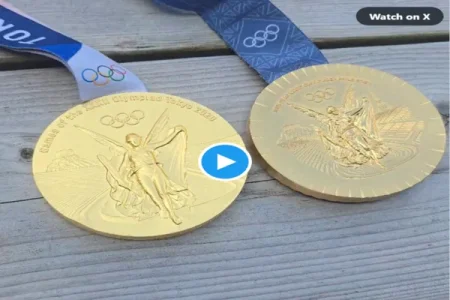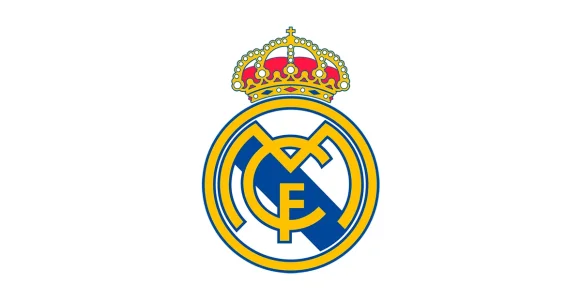
Recent scrutiny of Olympic medals, sparked by Viktor Axelsen's social media post, reveals that these awards are primarily silver, coated with a thin layer of gold. Concerns about their durability surfaced after athletes like Nyjah Huston and Rebeca Andrade reported damage to their medals.
Recent revelations about Olympic medals have sparked a discussion about their composition and durability. The debate began when Danish badminton champion Viktor Axelsen showcased his Olympic gold medals from Tokyo and Paris on social media. Many noticed a stark difference in appearance between the two medals, prompting questions about their material quality.
Despite their name, Olympic gold medals are not made of solid gold. According to International Olympic Committee guidelines, these medals are composed of at least 92.5% silver and coated with about six grams of pure gold. This blend has been the standard since the 1912 Stockholm Games, where solid gold medals were last issued.
The controversy gained momentum after Team USA skateboarder Nyjah Huston shared images of his bronze medal, which appeared scratched and worn just a week post-competition. Huston expressed disappointment over the medal’s condition, suggesting it lacked the expected durability.
Similarly, Brazilian gymnast Rebeca Andrade, who won gold in floor gymnastics, reported that her medals became scratched and damaged, leading her to carry them in her pockets rather than wear them.
In response to these concerns, Paris 2024 organizers, in collaboration with the Paris Mint, have pledged to replace any damaged medals. A spokesperson assured that all damaged medals will be evaluated and replaced to maintain the prestigious nature of the awards.




